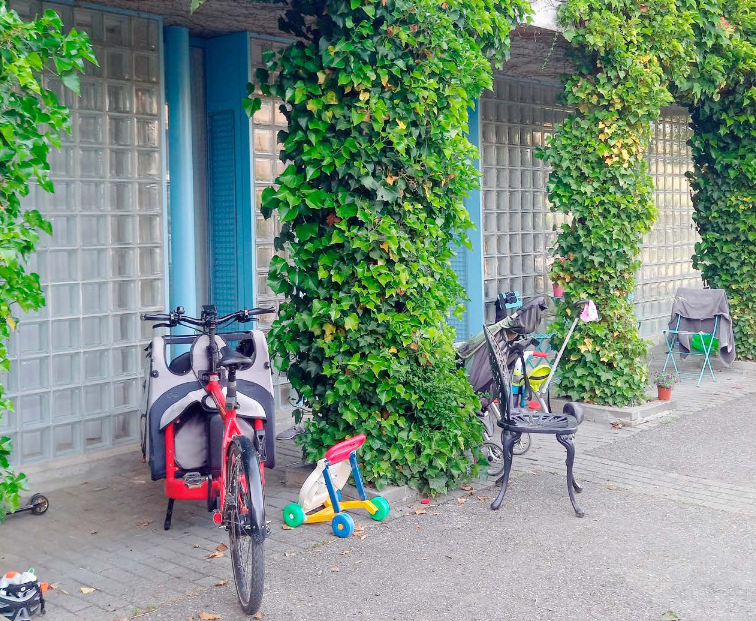New forms of housing at the centre of a recent study

An innovative study, sponsored by renowned institutions, explores the dynamics of residential concepts that promote social interaction. Dr Joëlle Zimmerli from Zimraum and Stratcraft sheds light on different approaches that promote both random and neighbourly and communal interactions in housing projects.
At a time when social interaction is increasingly coming to the fore, a new study by Dr Joëlle Zimmerli from Zimraum and Stratcraft provides valuable insights into the design of forms of living that promote social interaction. Supported by the Age Foundation, SVIT Zurich and the Swiss Real Estate Institute, the study looks at how properties need to be planned and managed in order to facilitate and encourage different types of encounters.
The study identifies and analyses three main categories of encounters: low-threshold encounters that occur spontaneously and by chance; neighbourly encounters that are facilitated by deliberate architectural decisions such as arcades or attractive open spaces; and communal encounters that are created by specially planned and managed infrastructures such as common rooms.
The decisive factor for the success of these forms of encounter is the customisation to the needs of the respective target group. The authors of the study emphasise that there is no universally best solution, but that the choice of meeting form depends on the specific expectations and needs of the residents. Building owners and developers are therefore required to clearly define the target group to be addressed and the requirements for management and social interaction in the residential projects as early as the strategic planning phase.
With this well-founded analysis, the study makes an important contribution to the discussion about the future of housing and shows how well thought-out planning and management can have a positive influence on coexistence in modern society. It provides valuable guidance for anyone working in the property sector who wants to increase the importance of social interaction and community within housing projects.